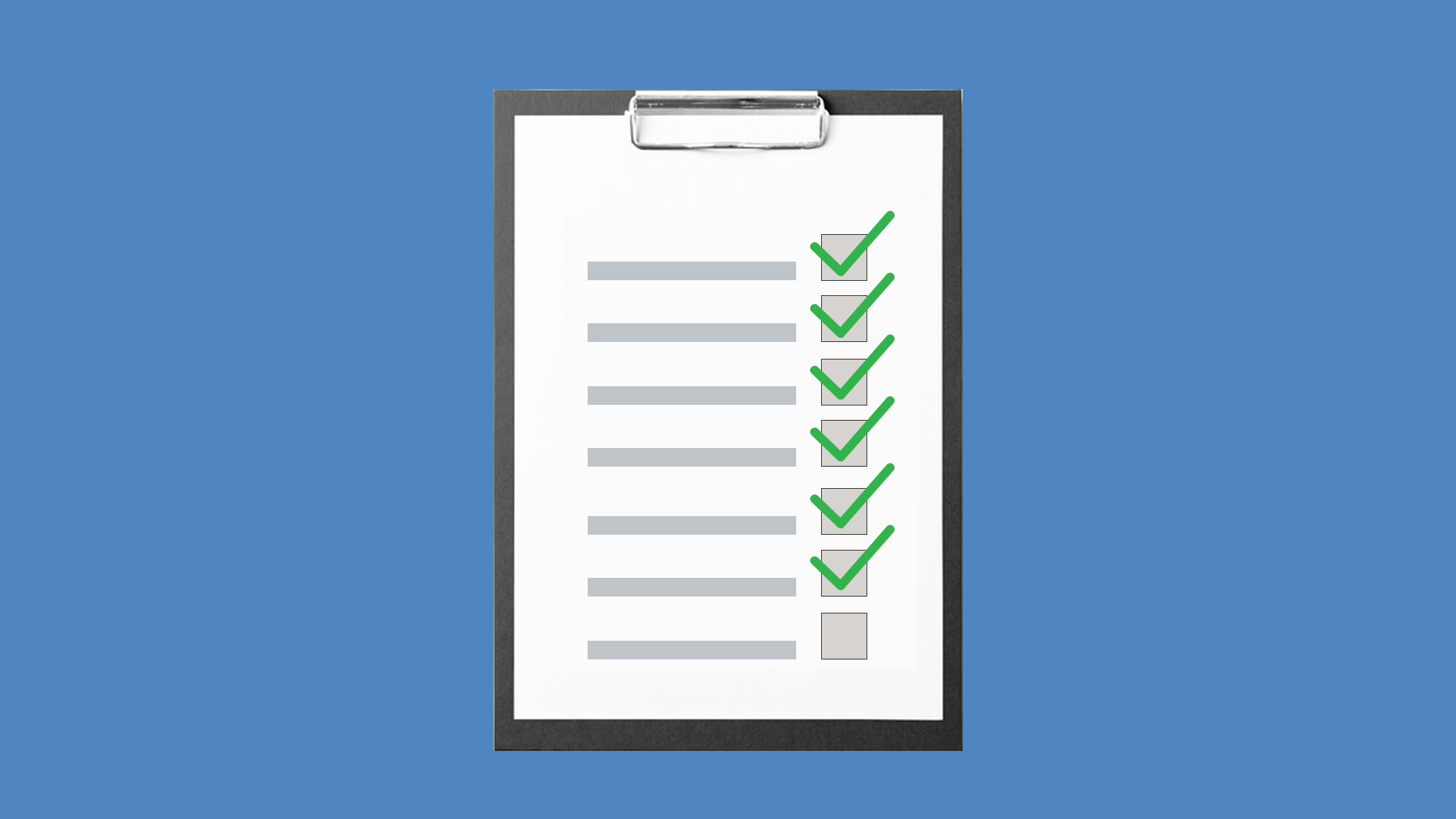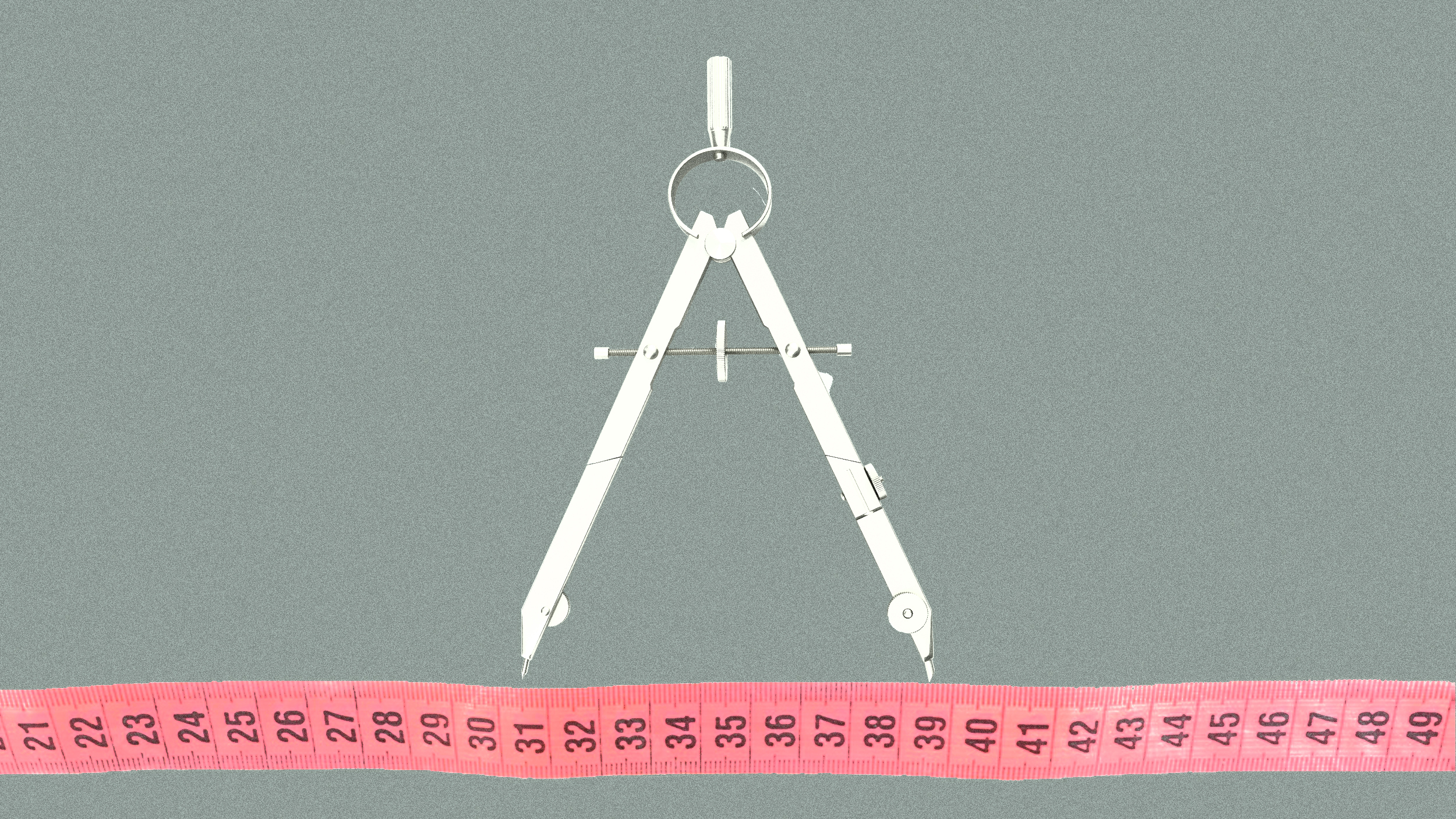Best practices for a needs analysis [Templates included]

All too often, L&D teams are charged with providing training to address symptoms of a perceived problem, without a proper diagnosis of the problem or an investigation to determine its root cause.
If training fails to improve the situation, it’s the quality of the solution – not the lack of an accurate diagnosis – that’s typically called into question. And sometimes, training isn’t the best solution in the first place. This is why performing a thorough needs analysis is so vital.
Best practices for a training needs analysis
The process of analyzing training needs and closing skills gaps helps organizations develop operational agility — the ability to deploy the right skills in the right place and at the right time to accomplish organizational objectives. Additionally, organizations that conduct a needs analysis before developing or acquiring solutions are less likely to waste resources.
But conducting a needs analysis requires care and attention, and this can be challenging when L&D teams are under pressure to deliver a solution quickly. Applying the proven best practices below can save time and help ensure the results are actionable.
Make use of SWOT analysis
It’s important to go into a needs analysis with a completely open mind regarding the nature of a problem, as the real issue may not be what you think it is. Many organizations require operating units to conduct an annual SWOT analysis, and it can provide an effective front end to the needs analysis process. SWOT analysis can also be performed at the level of small work groups and individuals.
Knowing what internal strengths the organization has to help it take advantage of external opportunities, or how internal weaknesses can make it vulnerable to external threats, provides a framework for examining the perceived performance problem. The broad focus of SWOT analysis can reveal other likely causes worth thinking about before declaring or confirming a root cause.
Work backward
AIHR notes the difficulties inherent in conducting a needs analysis and suggests starting with the desired business outcomes, then working backward to identify the behaviors necessary to achieve those outcomes. Once the desired business outcomes have been identified and current performance levels have been measured, L&D can try to uncover the reasons for any disconnect between the two.
Start with desired business outcomes, then work backward to identify the behaviors necessary to achieve those outcomes.
The U.S. Office of Personnel Management, which sets HR-related policies for federal agencies, has outlined a needs analysis process that recommends posing two key questions at this point: what needs to be done, and why isn’t it being done now?
The behaviors that describe what needs to be done are the critical competencies directly linked to business outcomes. Why it’s not being done is often attributable to knowledge or skill deficiencies, but L&D teams shouldn’t be surprised if that “why” turns out to have nothing to do with training.
Manage stakeholder expectations
It behooves any L&D team to solicit input and support from upper management at the start of a needs analysis and keep them in the loop throughout the process. With multiple stakeholders, there may be a wide range of interests and expectations. Don’t stop with identifying what stakeholders want; find out why they want it.
Communication is the key to expectation management. But while some stakeholders may want to be actively engaged with the analysis, others may want only periodic updates. During a protracted needs analysis, it’s wise to communicate to stakeholders the progress that is being made.
Use a needs analysis template
Staying organized when analyses are being completed by multiple team members can be challenging. However, training needs analysis templates can help guide and document the entire process. While they essentially serve the same purpose, the examples below are both worth exploring as they differ in format and content.
- TrainingFolks offers a free toolkit that walks users through the many stages of a needs analysis and offers six tools for gathering data.
- 360Learning’s template provides guidance for assessments, defining training recommendations, and measuring the business impact of solutions.
Final note
The needs analysis process can help businesses transform from a jobs-based organization to one that is skills-based. According to Deloitte, the traditional jobs-based operating model “hinders some of today’s most critical organizational objectives: organizational agility, growth, and innovation; diversity, inclusion, and equity; and the ability to offer a positive workforce experience for people.”
85% of HR leaders surveyed are planning or at least considering redesigning the way work is organized so that skills can be flexibly ported across work. Because a needs analysis focuses on identifying skill needs and skill gaps, it’s an incredibly valuable tool for bringing about that transformation.
Frequently asked questions about needs analysis
What is a training needs analysis?
Needs analysis, the first step in the ADDIE model for systematic instructional design, determines which specific skills are lacking or need improvement. In conducting a needs analysis, L&D teams consider hard or technical skills and soft skills or human capabilities, such as emotional intelligence and critical thinking. They also consider latent or potential qualities and abilities that can be developed through training.
A training needs analysis can address the performance of a single department, team, or individual. An effective needs analysis:
- Is driven by business objectives and desired outcomes
- Seeks input from key stakeholders and those most familiar with the current pain points
- Considers existing data from a variety of sources
- Uses more than one data collection method
- Provides recommendations for closing verified skills gaps
- Is well documented
When should you conduct a needs analysis?
Some organizations conduct an annual needs analysis as part of defining the L&D strategy and budget for the coming year. Others launch a needs analysis when there is a big organizational change requiring new workforce capabilities.
Most often, a needs analysis is initiated to diagnose the root cause of organizational outcomes that fail to meet expectations. But the goal of needs analysis should also include detecting emerging skills gaps before they adversely affect performance. The sooner skills gaps are identified, the easier and more efficient the solution will be.
Depending on the scope of the data collection effort, the timeframe for a formal needs analysis can be a few days, a few weeks, or even a few months in the case of a large, global organization.
What are the steps in the needs analysis process?
Not every organization uses the same steps, or the same terminology to describe the steps, but the ones listed below are for a more comprehensive needs analysis. The process often begins at the macro level, in the context of a specific business need or objective.
Step 1: Identify the desired business outcomes
For a routine company-wide needs analysis, these would be the business outcomes normally monitored to track progress toward goals. At the other end of the spectrum, these could be the outcomes expected of a particular team or individual.
Step 2: Collect data to identify performance gaps
SHRM acknowledges that there are many different methods for collecting data for a thorough needs analysis. It suggests using multiple methods for a more accurate picture of how well desired business outcomes are being met. Among these are:
- Company records including employee complaints, performance evaluations, exit interview results, sales records, production figures, customer complaints, accident and safety reports, and more
- Individual interviews with key stakeholders
- Focus groups involving multiple stakeholders
- Observations of on-the-job performance
- Surveys or questionnaires for large-scale response
Based on the data examined, any gaps between desired outcomes and actual performance are identified. That alone, however, is insufficient for determining whether training is the solution.
Step 3: Perform gap analysis
The difference between desired outcomes and actual performance is a gap. Relying on the data from step two, these are the goals of this step in the needs analysis process:
- Link the desired business outcomes with specific employee behaviors
- Determine which of those behaviors are critical competencies for achieving the desired outcomes
- Identify competencies that cannot be improved through training
- Compile a list of critical competencies that can be developed through training
Step 4: Evaluate critical competencies
Evaluating employees’ mastery of critical competencies involves determining whether employees know what to do, are capable of doing it, and are motivated to do it — knowledge, skills, and attitudes (or, KSAs). It also requires performance standards against which KSAs can be measured at the individual, team, operating unit, or organizational level. This typically requires some form of competency testing or having supervisors rate employees’ job performance relative to performance standards.
Step 5: Establish training priorities
The two most important factors for prioritizing training needs are: the pervasiveness of the skills gaps (what percentage of the workforce needs training), and how important the competencies are to producing the desired business outcomes. The more pervasive the skills gap and the more critical the competency, the higher the training priority.
Some organizations consider the identification of training priorities the end of the needs analysis process and the beginning of instructional design and development. Others continue the needs analysis to determine the best training methods, and do a cost-benefit analysis of each before proceeding with design efforts.
What sort of questions should be asked during a needs analysis?
Below is a list of questions that would be appropriate for an organization-wide training needs analysis:
- What is the organization trying to achieve?
- What problems are occurring in the organization?
- Can these problems be solved by changing employees’ behavior?
- Which organizational goals require the biggest change in employee behaviors?
- Which job behaviors contribute to the desired business outcome(s)?
- What specific KSAs are involved?
- Would training in those KSAs fix the problem(s)?
- What cultural cues may be reinforcing undesirable behaviors?
- Is there sufficient information to start the instructional design and development process?
- Are there any non-training alternatives that would correct the problem(s)?





